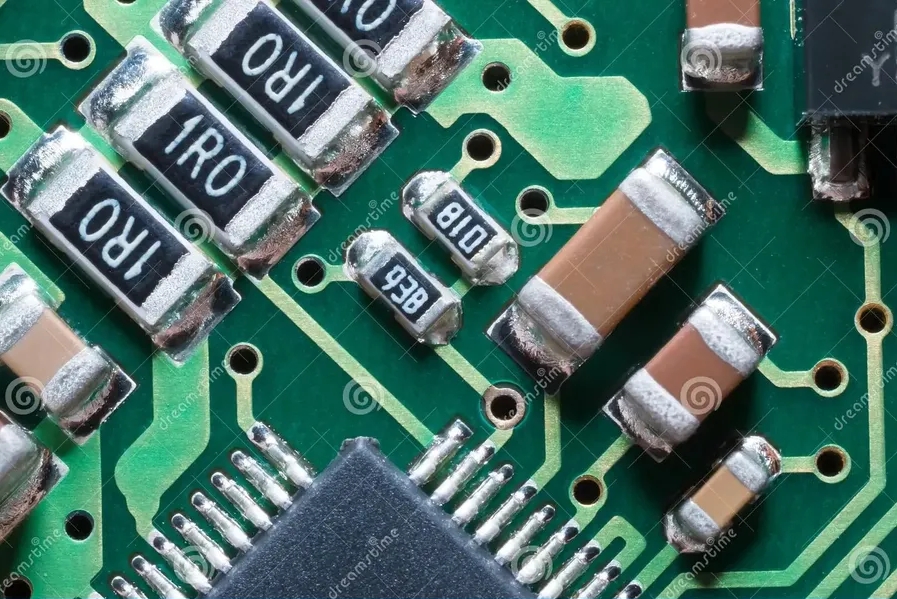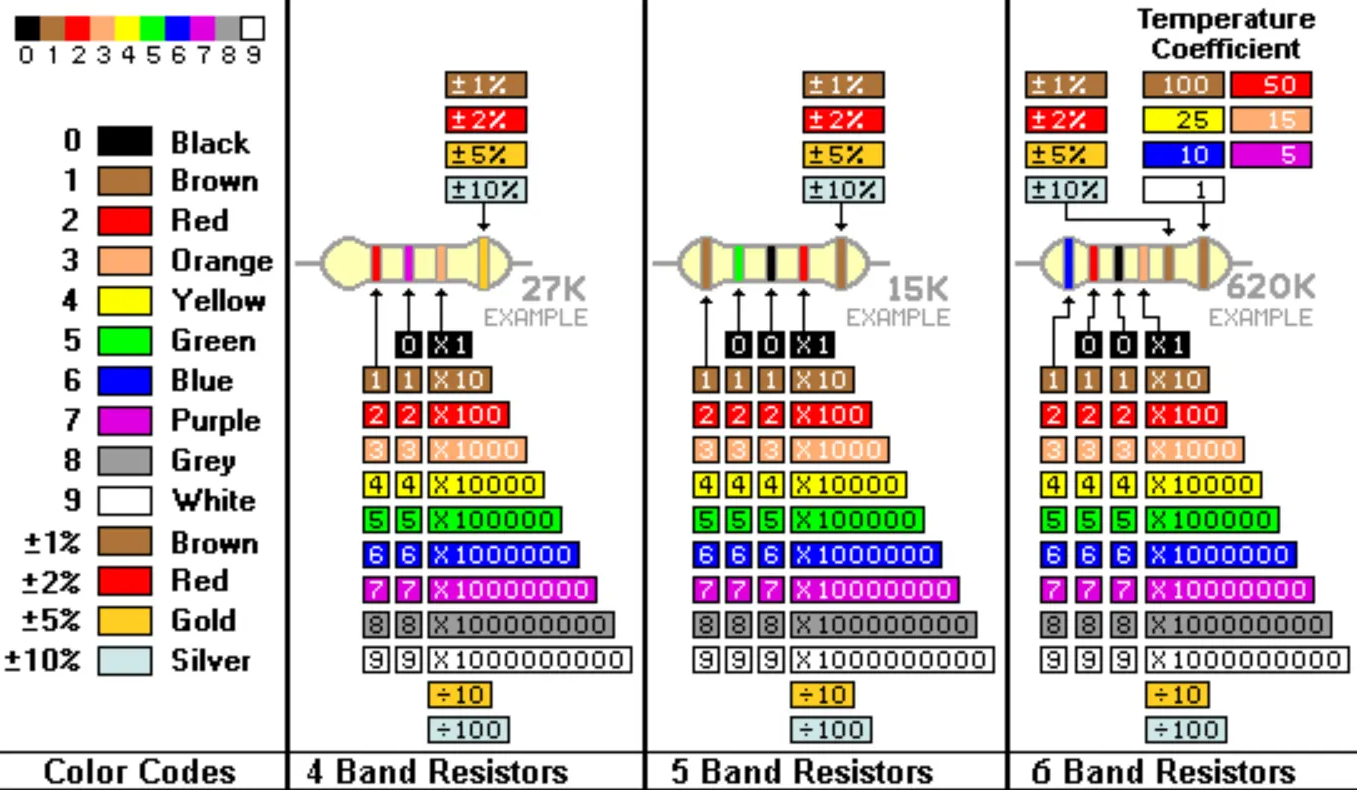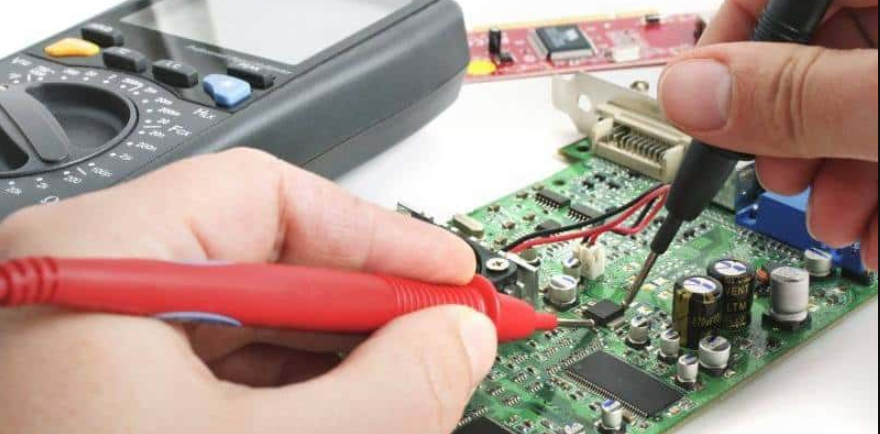For PCB hobbyists, understanding component codes is the key to building transparent and successful electronics projects. Whether you're just starting out or have some experience, decoding these codes can feel like cracking a secret language. In this guide, we'll break down what PCB component codes are, why they matter, and how to read them for clearer, more transparent builds. If you're searching for a "PCB component code guide," looking to "understand electronics parts," or aiming for "transparent PCB builds," you're in the right place. Let's dive into the details to help you master your next project with confidence.
What Are PCB Component Codes and Why Do They Matter?
PCB component codes are labels or markings on electronic parts that provide critical information about their specifications, type, and function. These codes are often printed on components like resistors, capacitors, and integrated circuits (ICs) to help engineers and hobbyists identify and use them correctly on a printed circuit board (PCB). For hobbyists, knowing how to read these codes is essential for selecting the right parts, troubleshooting issues, and ensuring your circuit works as intended.
Without understanding these codes, you might end up using a component with the wrong resistance, capacitance, or voltage rating, which could damage your project or cause it to fail. Transparent PCB builds—where every part's purpose and specification is clear—start with mastering these markings. By decoding them, you gain control over your design and avoid costly mistakes.

Common Types of PCB Component Codes
Electronic components come in various shapes and sizes, and so do their codes. Below, we'll explore the most common types of components hobbyists encounter on a PCB and how their codes are structured. This will help you build a solid foundation for understanding electronics parts.
1. Resistor Codes
Resistors are one of the most common components on a PCB, and their codes are often represented by colored bands. These bands indicate the resistance value (in ohms) and tolerance (accuracy of the value). A standard four-band resistor code works like this:
- First Band: First digit of the resistance value.
- Second Band: Second digit of the resistance value.
- Third Band: Multiplier (number of zeros to add).
- Fourth Band: Tolerance (e.g., ±5% or ±10%).
For example, a resistor with bands of brown, black, red, and gold has a value of 1,000 ohms (1 kΩ) with a tolerance of ±5%. This means the actual resistance could range from 950 to 1,050 ohms. Knowing this helps you choose resistors that match your circuit’s needs for current control.
2. Capacitor Codes
Capacitors store electrical charge, and their codes often consist of numbers and letters printed on the component. A common format for ceramic capacitors is a three-digit code, where the first two digits represent the value, and the third digit is the multiplier for picofarads (pF). For instance, a code of "104" means 10 followed by 4 zeros, equaling 100,000 pF or 0.1 microfarads (μF).
Some capacitors also include a letter for tolerance or voltage rating, so always check the datasheet if you're unsure. Using a capacitor with the wrong capacitance or voltage rating (e.g., 16V instead of 25V) can lead to failure in your circuit.
3. Integrated Circuit (IC) Markings
ICs are more complex components, often acting as the "brain" of a circuit. Their codes usually include a manufacturer prefix, part number, and sometimes a date or batch code. For example, a marking like "LM358" indicates a dual operational amplifier IC. The "LM" often refers to the manufacturer, while "358" specifies the model. These codes are critical for identifying the function and pin configuration of the IC in your PCB design.

How to Read and Decode Component Markings
Now that you know the basics of common component codes, let’s walk through the steps to decode them effectively. This process will help you achieve transparent PCB builds by ensuring you understand every part in your project.
Step 1: Identify the Component Type
Start by recognizing what kind of component you're looking at. Is it a resistor with colored bands, a capacitor with a numeric code, or an IC with a part number? Each type has a unique coding system, so identifying the component is the first step.
Step 2: Use Reference Charts or Tools
For resistors, keep a color code chart handy. For capacitors and other components, online calculators or mobile apps can help decode numeric markings quickly. Many hobbyists also rely on datasheets from component manufacturers, which provide detailed explanations of markings and specifications.
Step 3: Double-Check with a Multimeter
If you're unsure about a component’s value after decoding, use a multimeter to test it. For instance, measure a resistor’s resistance or a capacitor’s capacitance to confirm the code interpretation. This adds an extra layer of transparency to your build, ensuring no surprises during assembly.
Step 4: Document Your Findings
As you decode components, write down their values and functions in a project notebook or digital file. This practice is especially helpful for larger projects with many parts, as it keeps your build process organized and transparent.
Why Transparency Matters in PCB Builds
Transparent PCB builds mean that every component’s role and specification is clear to you and anyone else who might work on or review your project. Transparency helps in several ways:
- Troubleshooting: If something goes wrong, knowing each part’s details makes it easier to pinpoint the issue. For example, a resistor with a resistance of 220 ohms instead of the required 2.2 kΩ could cause a voltage drop issue.
- Collaboration: If you share your project with other hobbyists, clear documentation of component codes ensures they can replicate or modify your design accurately.
- Learning: Decoding and documenting components builds your skills and deepens your understanding of electronics parts over time.

Tips for Mastering PCB Component Codes as a Hobbyist
Decoding component codes can be tricky at first, but with practice, it becomes second nature. Here are some practical tips to help you along the way:
- Start Small: Begin with simple projects that use basic components like resistors and capacitors. This allows you to get familiar with common codes without feeling overwhelmed.
- Keep a Reference Library: Bookmark reliable online resources or print out charts for resistor colors, capacitor codes, and common IC markings. Having these references nearby saves time.
- Practice with Scrap Boards: If you have old or broken electronics, take them apart and practice identifying components and their codes. This hands-on approach builds confidence.
- Invest in Tools: A good multimeter and a magnifying glass can help you read tiny markings and verify values, especially on surface-mount devices (SMDs) which are common in modern PCBs.
- Stay Updated: Component coding standards can vary by manufacturer or region, so stay informed about any changes or new formats by following electronics communities and forums.
Challenges Hobbyists Face with Component Codes
Even with a solid PCB component code guide, hobbyists often encounter hurdles. Here are some common challenges and how to overcome them:
- Faded or Missing Markings: Over time, codes on components can wear off. If this happens, use a multimeter to test the component’s properties or refer to the circuit schematic if available.
- Surface-Mount Components (SMDs): SMDs are tiny and often have abbreviated codes. Use a magnifying tool and look up the code in an SMD code database online for accurate identification.
- Non-Standard Codes: Some manufacturers use custom markings. In such cases, search for the component’s datasheet using its part number or consult the supplier for clarification.
Building Transparent PCB Projects with Confidence
Understanding electronics parts through component codes is a game-changer for PCB hobbyists. It empowers you to select the right components, avoid errors, and create projects that are easy to troubleshoot and share. Transparent PCB builds not only improve your skills but also make your work more professional and reliable.
Start by focusing on the basics—learn to read resistor and capacitor codes, then move on to more complex parts like ICs. Use tools and references to support your learning, and always document your findings for future reference. With each project, you’ll gain more confidence in decoding component markings and building circuits that work flawlessly.
Conclusion: Your Path to PCB Mastery
Decoding component codes is a vital skill for any PCB hobbyist aiming for transparent and successful builds. By following this guide, you now have a clear roadmap to understand electronics parts and read the markings that define their purpose. Whether you're working on a simple LED circuit or a more complex microcontroller project, mastering these codes ensures your designs are accurate and efficient.
Remember, practice makes perfect. Keep experimenting with different components, use the tips provided, and build a library of resources to support your journey. With time, you'll not only decode component codes effortlessly but also inspire others with your transparent PCB builds. Let’s keep creating and innovating in the exciting world of electronics!
 ALLPCB
ALLPCB







